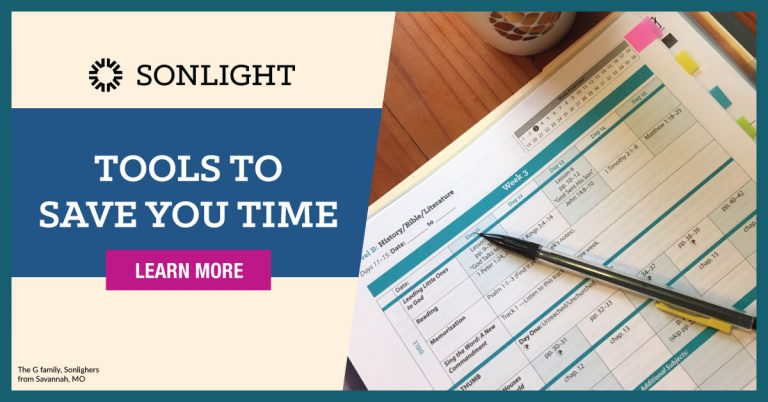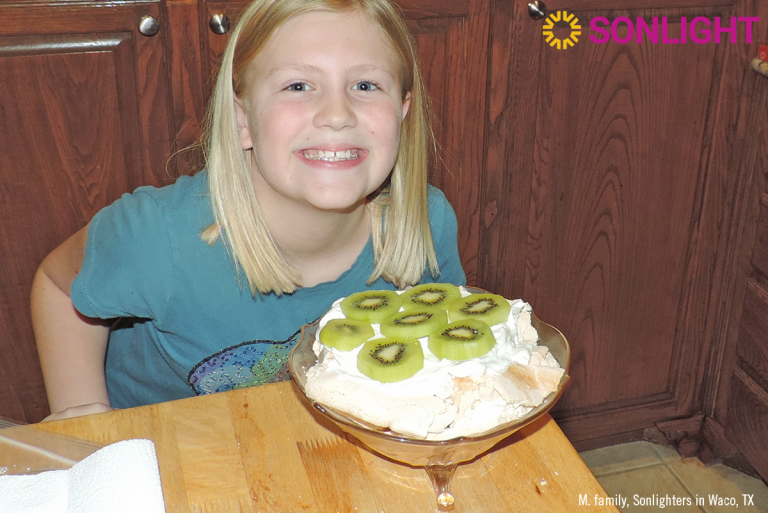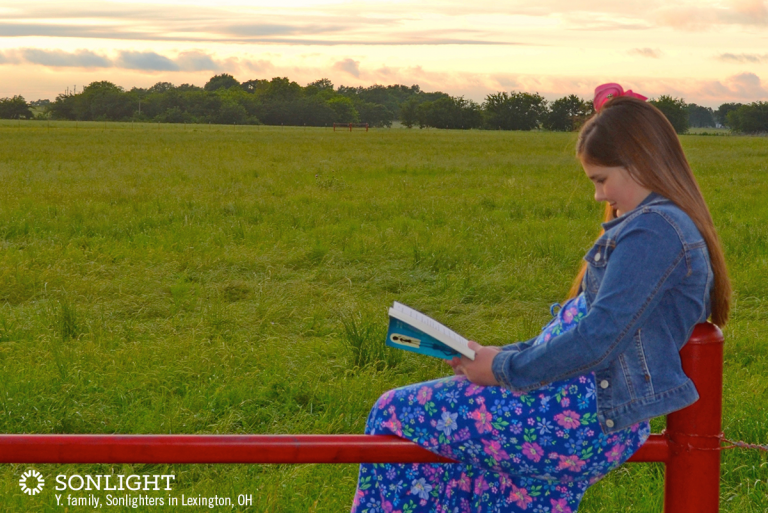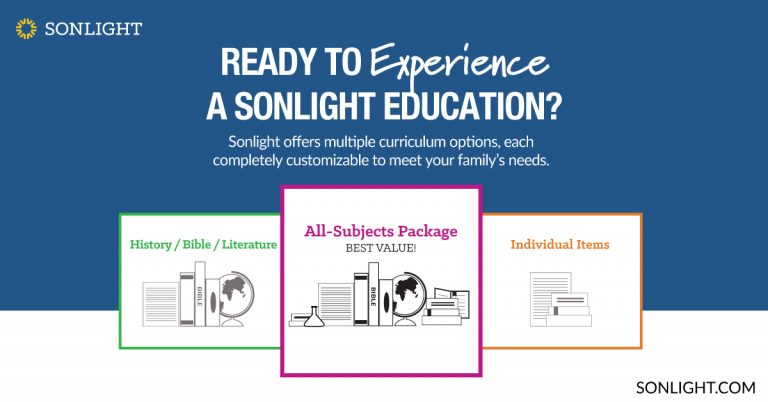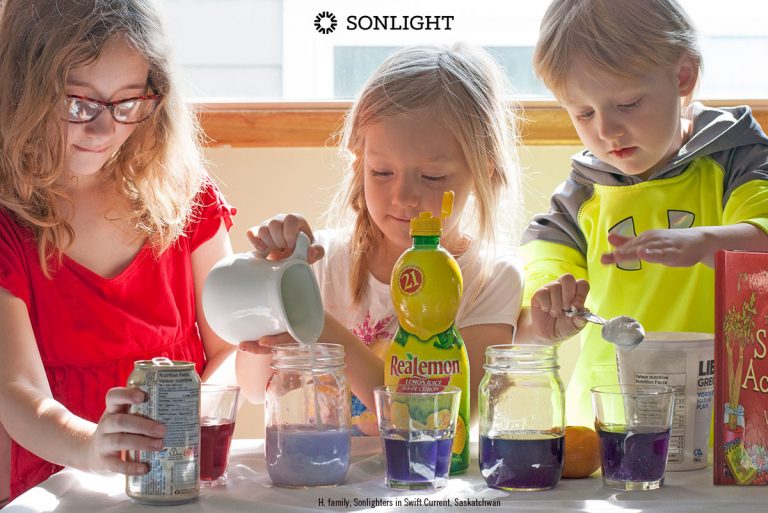
As a homeschool parent, personal time for self-care is at a premium. After teaching lessons, driving kids to activities, cleaning, and cooking, there’s little energy left even if you can find a few minutes of time. It's all too easy to put exercise on the back burner.
But exercise is essential for homeschooling moms and dads. Exercising is a natural antidepressant, and some studies show it works even better than medication. It also increases energy levels and reduces stress, making running after little ones even easier.
I find myself leading a more sedentary life than I would like, just because I seem to have so many obligations that keep me inside and sitting. However, I am working on implementing the following tips to increase my activity levels. I hope my exercise resolutions help you invest in your own self-care!
1. Watch Exercise Videos
Online videos cover everything from walking to advanced Pilates; there’s something for everyone—often free. If you can’t get out and about, try doing exercise from your living room. You can follow a favorite video over and over again, or do a different kind of exercise each day. Your children might even like doing the videos along with you.
2. Use Music
Play upbeat music and dance along. Don’t worry about looking silly. It doesn’t matter if you can’t dance or have no rhythm. If you don’t like dancing, stretch, clean, or just jog in place. Moving your body will feel good, and you don’t have to worry about strangers watching you.
3. Take the Small Opportunities
If you can’t find time to exercise for a full 30 minutes without getting interrupted multiple times, then consider doing a little extra exercise at several different points throughout the day.
- Lift cans of vegetables for 20 repetitions.
- Squat as you declutter, rising fully in between picking up items.
- Do lunges while vacuuming your way across the floor.
- Take an extra lap around the grocery store.
- Jump on a mini-trampoline each time you pass it.
4. Go to the Gym as a Family
You might find that joining the YMCA offers a lot of sports and activities for your children while offering swimming and other favorite activities for you. Some gyms offer childcare rooms where you can watch your children while you work out.
5. Check in with Your Body
Every time you give your children a break, don’t forget to give yourself one as well.
- Take a few deep breaths.
- Stretch.
- Roll your neck in a circle.
- Bend over to stretch your back, neck, shoulders, legs, and arms.
- Do a few reps of squats, jumping jacks, or modified push-ups.
6. Sing
Singing has great health benefits for your body! Singing loudly can use a surprising number of muscles in the chest and abdomen. It increases deep breathing, reduces depression, and increases energy. So sing along with your children, and move around while doing it.
7. Get Outside
Take time each day just to get outside. The vitamin D from the sun will do a lot of good, as will the fresh air. Being outside is more likely to inspire you to get moving and do more fun outdoor activities that involve exercise.
Sonlight can be done almost anywhere, weather permitting. Some families like to pack up their books into a backpack or a wagon and go on a walk. When they find a nice place, they stop and pull out their books, wrapping up with a free play time in nature. Other families leave the books at home and just head out to learn more about what’s in the world outside their front door. Go for a walk with your children and learn more God’s creation.
8. Follow the Leader
Any parent of a toddler knows that children move far more than adults do. Try playing Follow the Leader with your children, doing all the movements they do. You’ll find it is usually better than a workout.
You can also get down on the floor and play with them. Children usually use a lot of big movements while playing, so try playing like a child, rather than with the conservative movements of an adult.
9. Work Out While They Play
If you go to the park with your children, you can walk or jog around the play are while they have fun. You can exercise in the waiting area of the karate lessons or take a short run around the library while you’re waiting for their painting class to finish.
10. Go Screenfree
When we aren’t on the phone or computer, we are more likely to fill that time with activities that get us moving. Make a pact to go screenfree certain hours of the day or for a longer period of time.
Finding time to exercise is hard. But once we do start exercising regularly, we typically have more energy and feel better. A good workout generates a cleansing feeling and leaves parents feeling refreshed. Invest in your own self-care by doing more physical exercise this year. The future you will appreciate it so much!
A fully planned curriculum means more time for self-care. See how Sonlight can revolutionize your Sunday nights by doing the planning for you.


